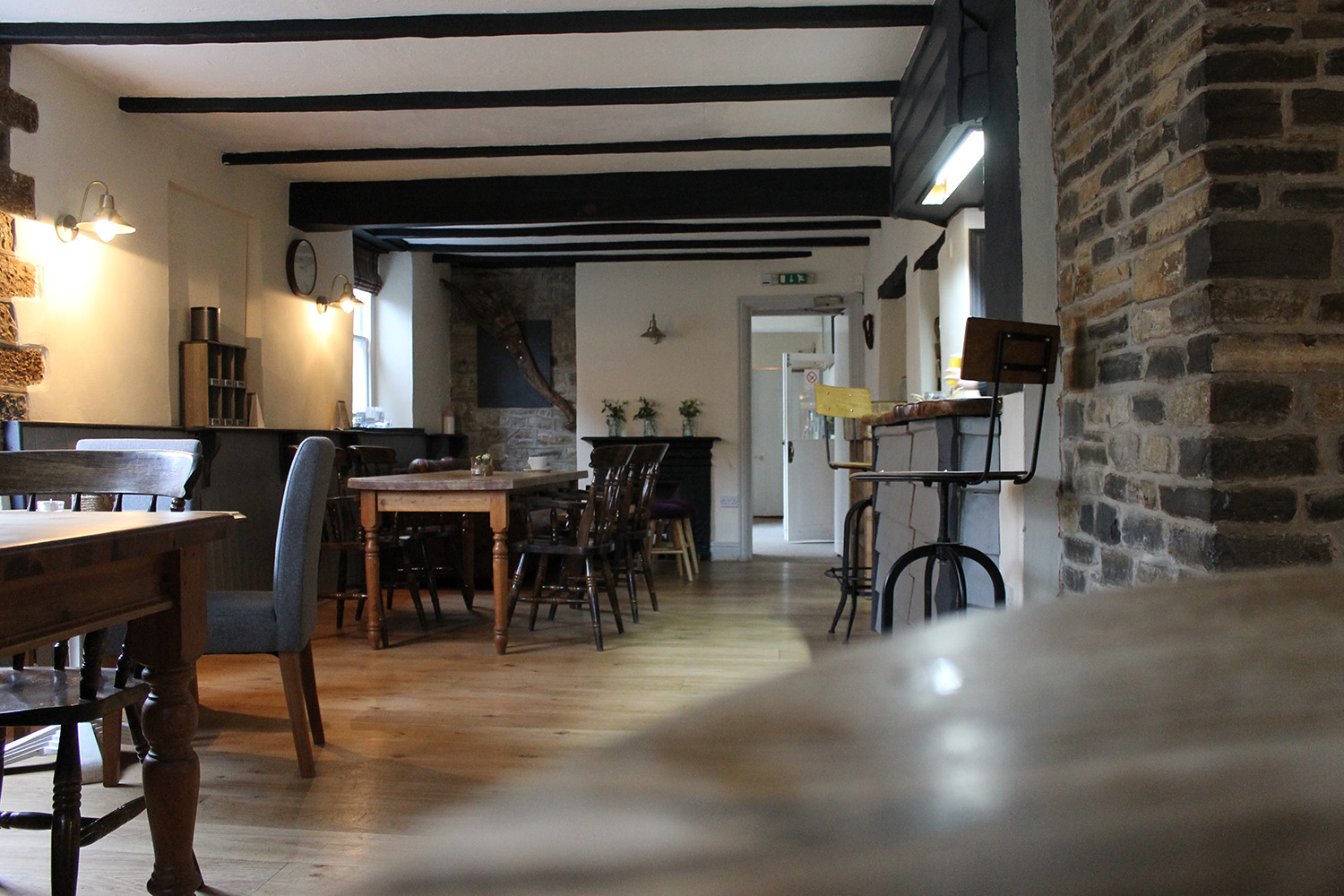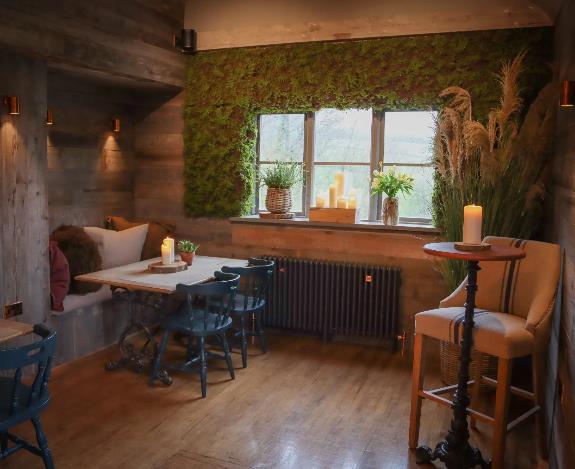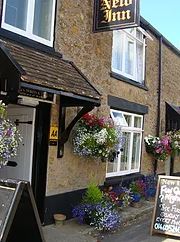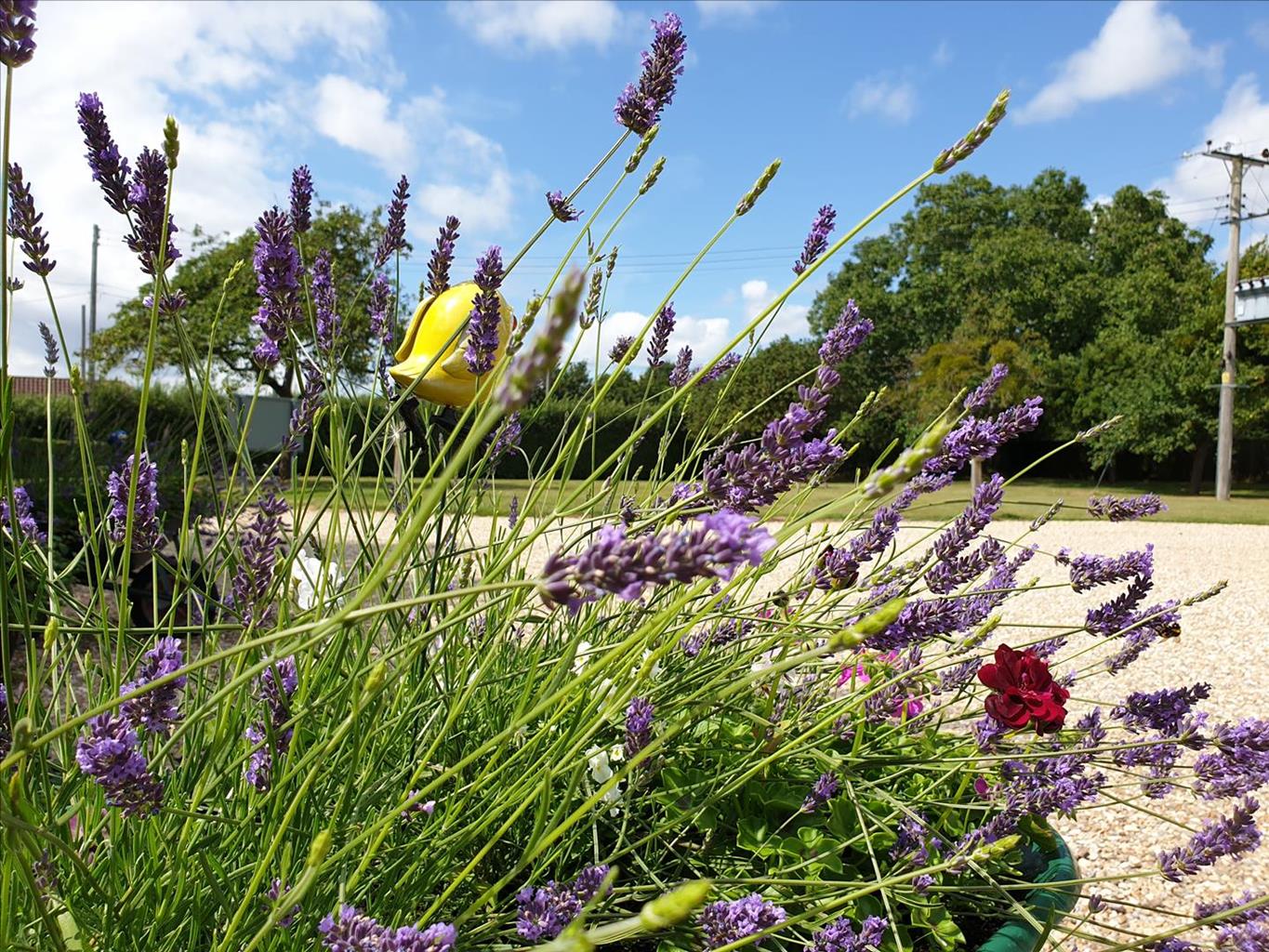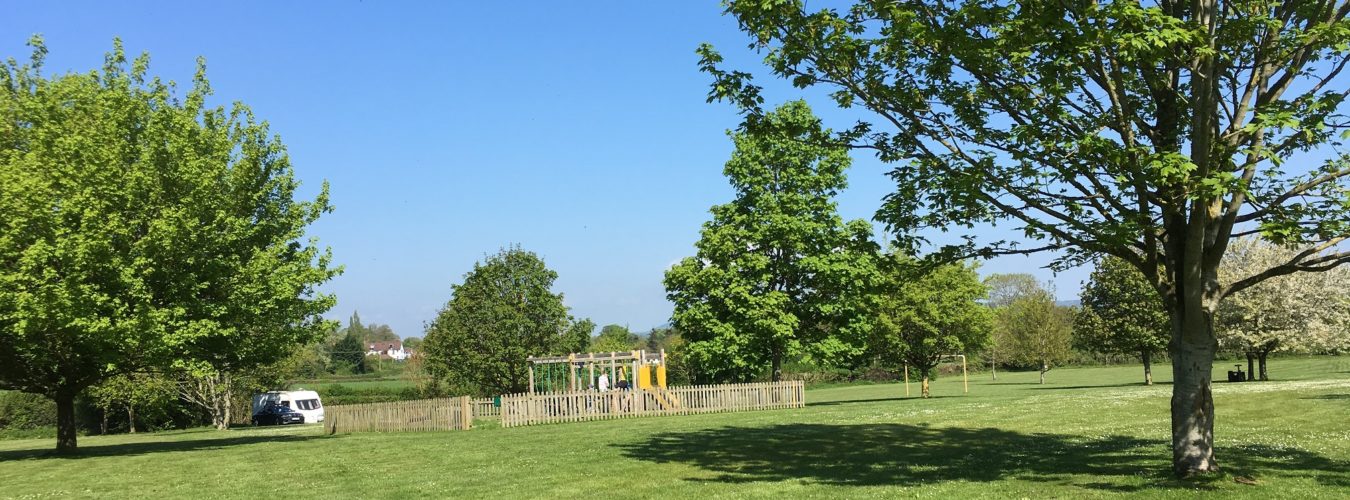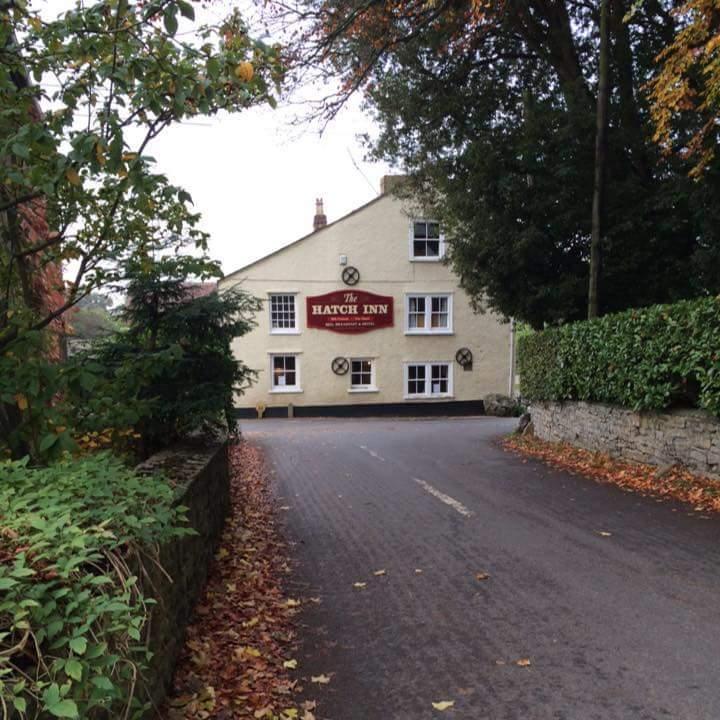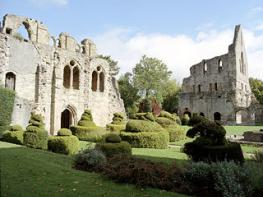This smart park provides really top quality facilities throughout, including a refurbished…
Corfe and Staple Park

A long walk to the Blackdown's highest points
8 miles (12.9kms)
About the walk
Corfe lies at the edge of the Blackdown Hills AONB, an area described by Daniel Defoe in 1724 as 'the most beautiful landscape in the world'. They rise to a long, broad ridge, riven on both sides by steep-sided stream and river valleys, and although sparsely populated, farms and hamlets are scattered within its folds, connected by narrow lanes and tracks that fall like ribs either side of the ridgeway spine.
Traditional woodland management
Too steep for agriculture, the northern scarp is thickly coated in woodland, which was traditionally managed by coppicing. Periodically cut back to the bole, wood could be harvested without destroying the tree, which soon produced new growth in multiple stems. Oak, ash and sweet chestnut all coppice well, with hazel regenerating sufficiently quickly to give a 7- or 8-year rotational cycle. Such low-key management encourages the woodland's diversity; regular cut-backs create open spaces with a species rich understory and, because individual trees can survive for hundreds of years, the wood becomes balanced with a range of variously aged trees.
Below the hill, old trees amongst the hedgerows or standing isolated within the fields are remnants of a different form of management, where pasture was grazed beneath an open woodland of mature, well-spaced trees that were periodically lopped above the level of browsing cattle and deer. Beech, oak, maple and, in damper areas, willow and alder were all regularly pollarded, producing not only wood and timber, but also leafy fodder for livestock. This again enabled a regular harvest and also maintained the life of the tree by encouraging continual new growth and reducing the threat of storm damage.
Monastic past
Corfe, from which the walk begins, is one of the smallest parishes in the country and dates from a 9th-century Saxon charter. Names such as Barton Grange, Prior's Wood, Canonsgrove and Pitminster hint at the area's monastic past, much of which was held by the Bishop of Winchester. Barton Grange became a summer residence for the Prior of Taunton and was largely managed as hunting forest and deer park. Sections of the 'pales' or park boundaries can still be traced in the field hedges, particularly that of Poundisford, which lies just to the north west of the walk.
Walk directions
Begin by the war memorial outside St Nicholas' Church and follow the road south through the village. After 220yds (201m), leave through an opening on the right at the start of a hedge. Walk away by the right hedge, continuing in the next field. At the hedge corner, keep ahead, passing through a gap at the far side. Veer left beside trees and then right within the corner. Leave the next field towards the far end over a stile onto a lane at the edge of Pitminster.
Go left to a junction and right along Woodram Lane. Beyond a farm it climbs as a track into Adcombe Wood, later levelling at its fringe and ultimately emerging onto a lane. Head right downhill, eventually meeting a main road, the B3170.
Turn briefly right before leaving through a gate on the left. A rough path climbs into forest plantation, curving right to join a broader trail. Meeting a cross-path, go left, shortly passing through a gate to continue across birch-fringed heath. At the corner, take the right gate and walk away by the left boundary, joining a track at the far side to pass into more trees. Continue ahead through the wood and on along a lane beyond for another 0.25 mile (400m) to a right-hand bend.
Leave along a gated track on the left into Staple Park Wood, later following around a right-hand bend. Approaching the far side, watch for a bridle path on the right signed to Staple Fitzpaine and Witch Lodge. Emerging from the trees, continue beside a paddock, swinging left towards barns at Staple Lawns Farm and then right along a field edge. At the corner, wind left and right to continue on the other side of the hedge, eventually leaving through consecutive gates.
Immediately turn left and climb away at the field edge, curving within the top corner to a gate. Through that, follow the right hedge towards Witch Lodge Woods. A gravel path descends through the wood, in time meeting a foresters' road at a hairpin bend. Take the lower branch towards Netherclay, leaving ahead where it subsequently bends sharply left. Ignore a fork to pass over a high bridge and through a gate. The way continues forward along a path, a hedged track and finally a narrow lane.
Reaching a junction go left, turning left again by cottages at Heale. Entering a field at the end, carry on by the right-hand hedge, doglegging round an indented corner to cross a V-stile in the far boundary. Keep forward for 100yds (91m) to a stile on the right, over which, a footbridge spans a deep ravine. Swing left to a kissing gate and carry on towards Corfe church. Finally leaving the field, follow the track ahead, which leads back to the church.
Additional information
Field and occasionally rugged woodland paths, some lane walking
Steep, wooded slopes and fields with some lanes
Mostly open woodland, but dogs should remain under close control to avoid wildlife disturbance
AA Leisure Map 12 Taunton & Lyme Regis
In Mill lane by Corfe church, or across main road by village hall in Newton Lane
None on route
WALKING IN SAFETY
Read our tips to look after yourself and the environment when following this walk.
Find out more
Also in the area
About the area
Discover Somerset
Somerset means ‘summer pastures’ – appropriate given that so much of this county remains rural and unspoiled. Ever popular areas to visit are the limestone and red sandstone Mendip Hills rising to over 1,000 feet, and by complete contrast, to the south and southwest, the flat landscape of the Somerset Levels. Descend to the Somerset Levels, an evocative lowland landscape that was the setting for the Battle of Sedgemoor in 1685. In the depths of winter this is a desolate place and famously prone to extensive flooding. There is also a palpable sense of the distant past among these fields and scattered communities. It is claimed that Alfred the Great retreated here after his defeat by the Danes.
Away from the flat country are the Quantocks, once the haunt of poets Samuel Taylor Coleridge and William Wordsworth. The Quantocks are noted for their gentle slopes, heather-covered moorland expanses and red deer. From the summit, the Bristol Channel is visible where it meets the Severn Estuary. So much of this hilly landscape has a timeless quality about it and large areas have hardly changed since Coleridge and Wordsworth’s day.
Nearby stays
Restaurants and Pubs
Nearby experiences
Recommended things to do
Why choose Rated Trips?
Your trusted guide to rated places across the UK
The best coverage
Discover more than 15,000 professionally rated places to stay, eat and visit from across the UK and Ireland.
Quality assured
Choose a place to stay safe in the knowledge that it has been expertly assessed by trained assessors.
Plan your next trip
Search by location or the type of place you're visiting to find your next ideal holiday experience.
Travel inspiration
Read our articles, city guides and recommended things to do for inspiration. We're here to help you explore the UK.

